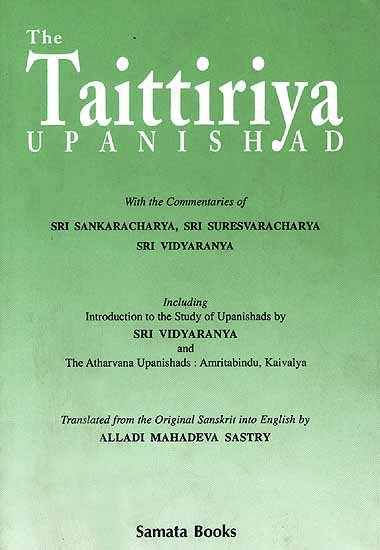Taittiriya Upanishad Bhashya Vartika
by R. Balasubramanian | 151,292 words | ISBN-10: 8185208115 | ISBN-13: 9788185208114
The English translation of Sureshvara’s Taittiriya Vartika, which is a commentary on Shankara’s Bhashya on the Taittiriya Upanishad. Taittiriya Vartika contains a further explanation of the words of Shankara-Acharya, the famous commentator who wrote many texts belonging to Advaita-Vedanta. Sureshvaracharya was his direct disciple and lived in the 9...
Verse 2.253
Sanskrit text and transliteration:
विराट्पिण्डात्मनोरैक्यं श्रुत्यन्तरवशादिह ।
उपासनोपदेशाच्च जानीयात्पिण्डदेवताम् ॥ २५३ ॥
virāṭpiṇḍātmanoraikyaṃ śrutyantaravaśādiha |
upāsanopadeśācca jānīyātpiṇḍadevatām || 253 ||
English translation of verse 2.253:
Since the identification of the Virāj and the Self of the individual human organism is known from another śruti text and since meditation (on food as Brahman) is also taught, here the individual human organism must be viewed as the Virāj, the cosmic being.
Notes:
The expression annarasamaya refers not merely to the outward visible physical body (piṇḍa) of the individual, but to the gross physical body of the Virāj as well. So the jīva with the physical body at the individual level is one which the Virāj, the cosmic being in its gross aspect. The Bṛhadāraṇyaka text (I, iv, I), “In the beginning, this (universe) was only the self (the Virāj) in the shape of a person,” lends support to this identification. The Taittirīya text (II, ii, 1) in the sequel teaches meditation on food as Brahman. The imagery of head, and so on is for the sake of meditation. In view of the teaching of meditation on food as Brahman, the expression annarasamaya must be understood as referring to the Virāj, the cosmic being in its gross aspect.
